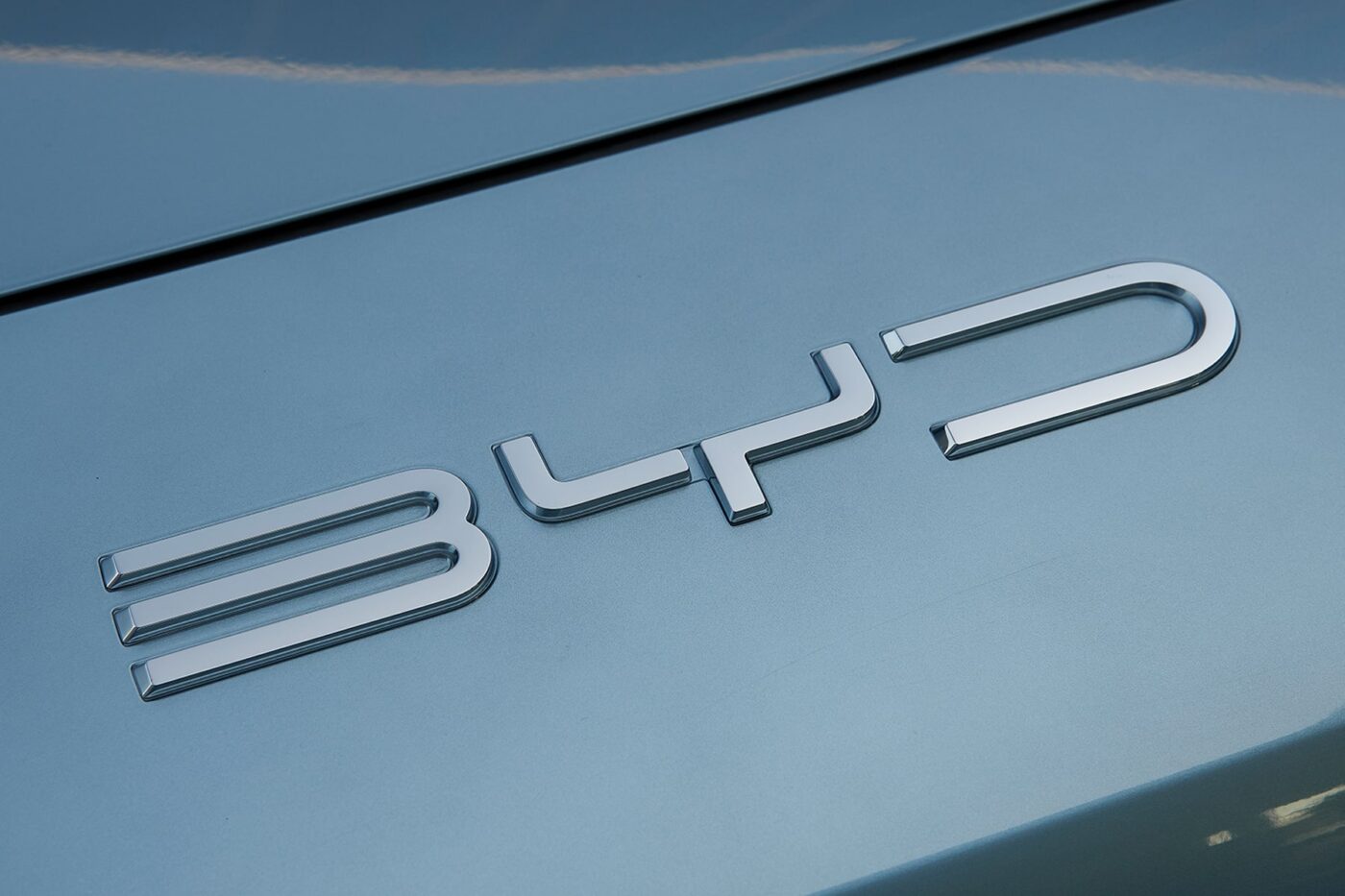BYD experienced a significant drop in sales in February 2024, primarily attributed to disruptions caused by the New Year holiday. According to an announcement made on the Hong Kong Stock Exchange today, BYD sold 122,311 new energy vehicles (NEVs) in February, marking a 36.84 percent decrease year-on-year and a 39.30 percent decline from January.
The company ceased the production and sale of vehicles powered solely by internal combustion engines in March 2022, shifting its focus to the manufacturing of plug-in hybrids (PHEVs) and battery electric vehicles (BEVs).
See also: BYD Explores Mexican Plant to Boost Local Market Share

BYD’s NEV sales comprise both passenger cars and commercial vehicles. Passenger NEV sales totaled 121,748 units in February, reflecting a 36.48 percent year-on-year decrease and a 39.43 percent decline from January.
In the commercial NEV segment, BYD sold 563 units in February, down 71.72 percent year-on-year but up 18.78 percent from January.
Breaking down the passenger NEV category, BEV sales amounted to 54,908 units in February, down 39.42 percent year-on-year and 47.86 percent from January.
See also: BYD Auto Japan Introduces Updated Atto 3 Electric SUV and Opens New Tokyo Showroom

Meanwhile, sales of passenger PHEVs reached 66,840 units in February, down 33.84 percent year-on-year and 30.17 percent from January.
Despite the decline in domestic sales, BYD reported selling 23,291 vehicles in overseas markets in February. This marks a 55.25 percent increase year-on-year but represents a 35.61 percent decrease from January, ending a streak of seven consecutive months of record sales. BYD began reporting its overseas NEV sales figures in July 2022.
See also: BYD Updates Song Plus and Seal DM-i Models with Lower Prices and Enhanced Features

Additionally, besides being China’s largest NEV company, BYD ranks as the country’s second-largest power battery maker. The company’s installed base of power and energy storage batteries totaled about 6.665 GWh in February, reflecting a 25.55 percent decrease year-on-year and a 41.06 percent decline from January.







